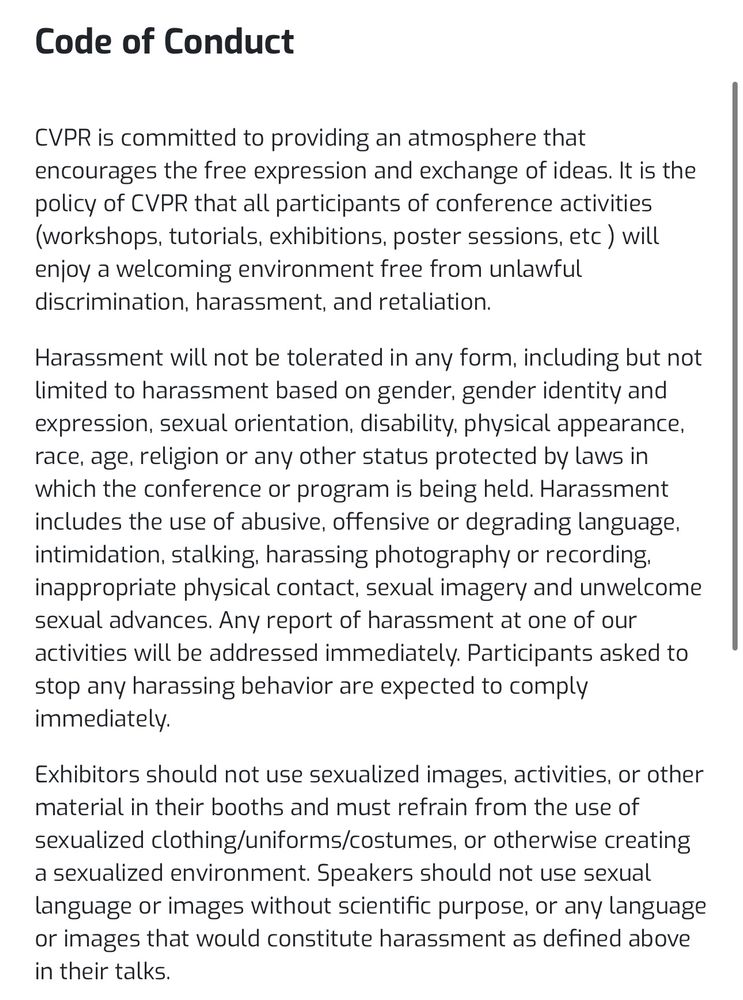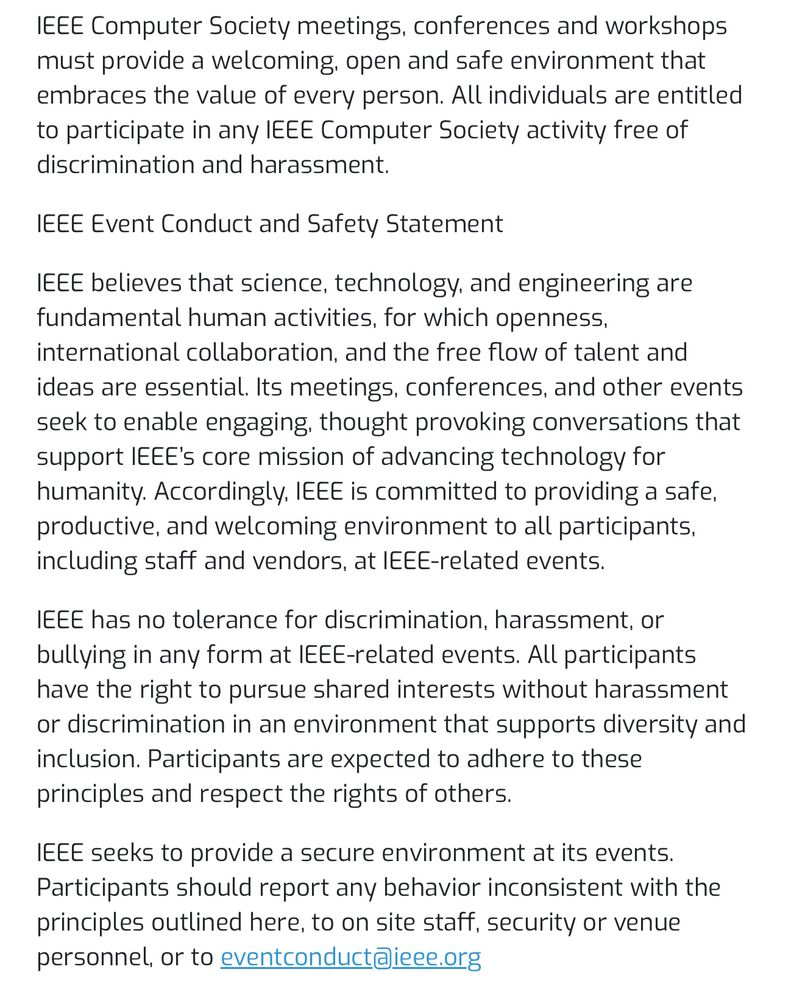We are not missing out! FGVC12 is excited to support "FOMO25: Foundation Model Challenge for Brain MRI".
This MICCAI25 challenge is still running and there is still time to participate!
Submission deadline: August 20, 2025
Join here: fomo25.github.io
Check out the thread below👇
17.07.2025 09:17 — 👍 3 🔁 2 💬 0 📌 0
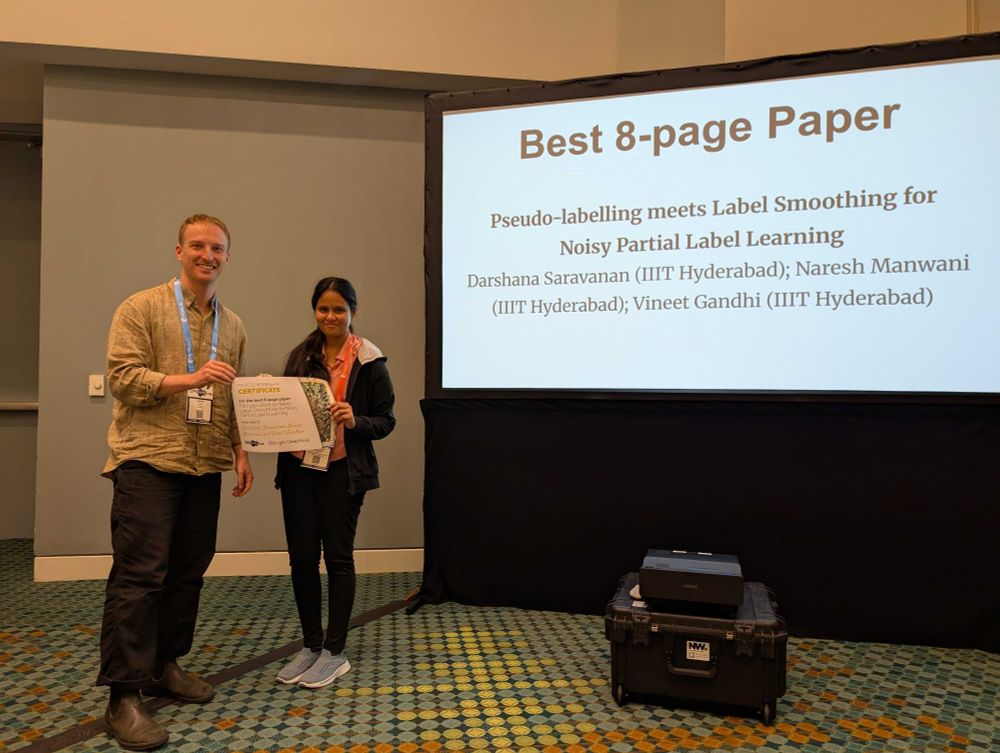
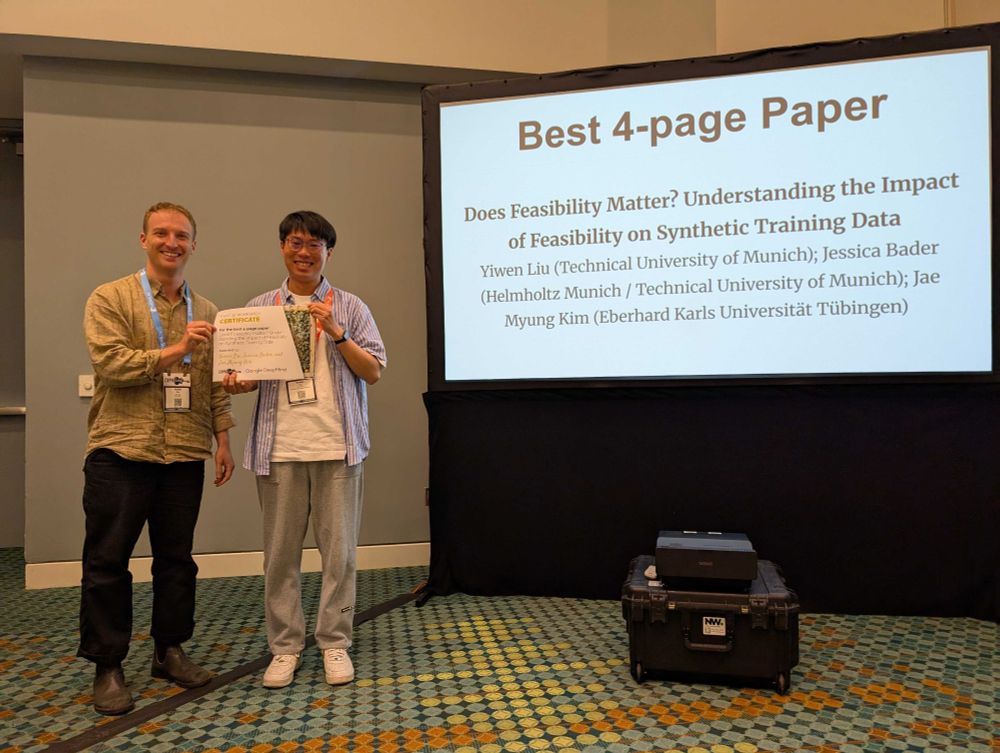
Congratulations to the winners of the FGVC12 Best Paper Awards. 🎉
The best 4-page paper goes to Yiwen Liu et al. and the best 8-page paper to Darshana Saravanan et al..
We thank all authors for their contributions and especially our reviewers for their great support!!
11.06.2025 22:27 — 👍 4 🔁 0 💬 0 📌 0
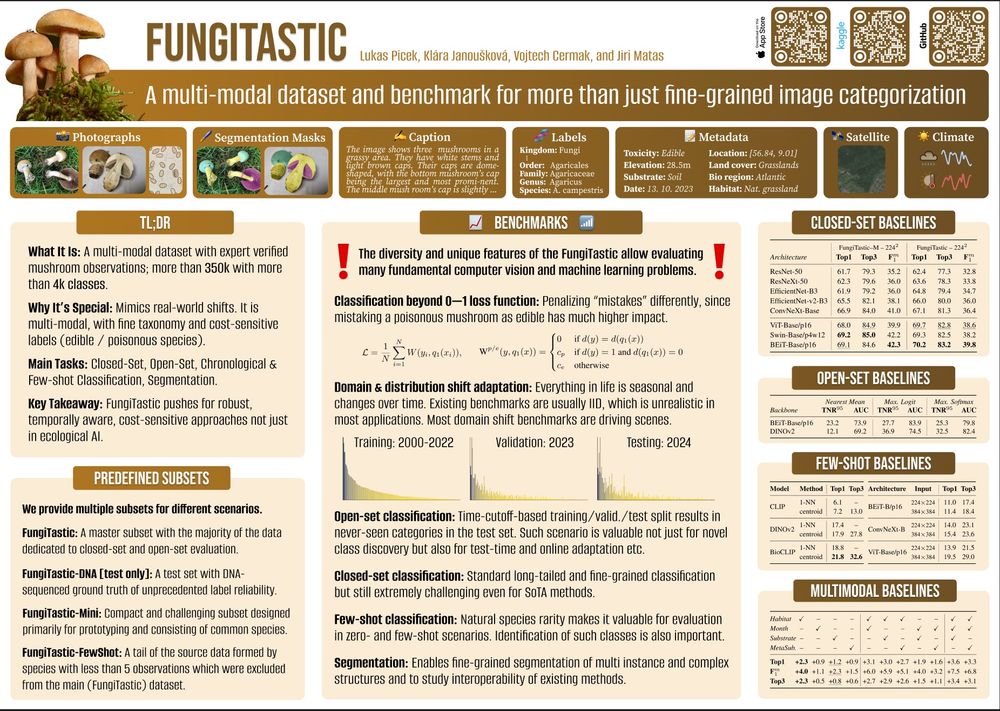
We will be presenting the 🍄 FungiTastic 🍄, a multimodal, highly challenging dataset and benchmark covering many ML problems at @fgvcworkshop.bsky.social CVPR-W on Wednesday!
⏱️ 16:15
📍104 E, Level 1
📸 www.kaggle.com/datasets/pic...
📃 arxiv.org/abs/2408.13632
@cvprconference.bsky.social
06.06.2025 16:44 — 👍 18 🔁 6 💬 3 📌 0
Please join us for the FGVC workshop at CVPR 2025 @cvprconference.bsky.social on Wed 11th of June. The full schedule and list of fantastic speakers can be found on our website:
sites.google.com/view/fgvc12
09.06.2025 10:43 — 👍 10 🔁 4 💬 0 📌 0
CVPR 2025 Open Access Repository
Check out the CVPR Workshop proceeding papers presented at FGVC12:
openaccess.thecvf.com/CVPR2025_wor...
Poster session:
June 11, 4pm-6pm
ExHall D, poster boards 373-403
#CVPR25 @cvprconference.bsky.social
10.06.2025 18:43 — 👍 7 🔁 4 💬 0 📌 0

Come join us for the 12th Workshop on Fine-Grained Visual Categorization (FGVC). Starting today at 9am at @cvprconference.bsky.social.
We will be in room 104E.
#FGVC #CVPR2025
@fgvcworkshop.bsky.social
11.06.2025 12:56 — 👍 14 🔁 6 💬 1 📌 0
CVPR 2025 Open Access Repository
Check out the CVPR Workshop proceeding papers presented at FGVC12:
openaccess.thecvf.com/CVPR2025_wor...
Poster session:
June 11, 4pm-6pm
ExHall D, poster boards 373-403
#CVPR25 @cvprconference.bsky.social
10.06.2025 18:43 — 👍 7 🔁 4 💬 0 📌 0
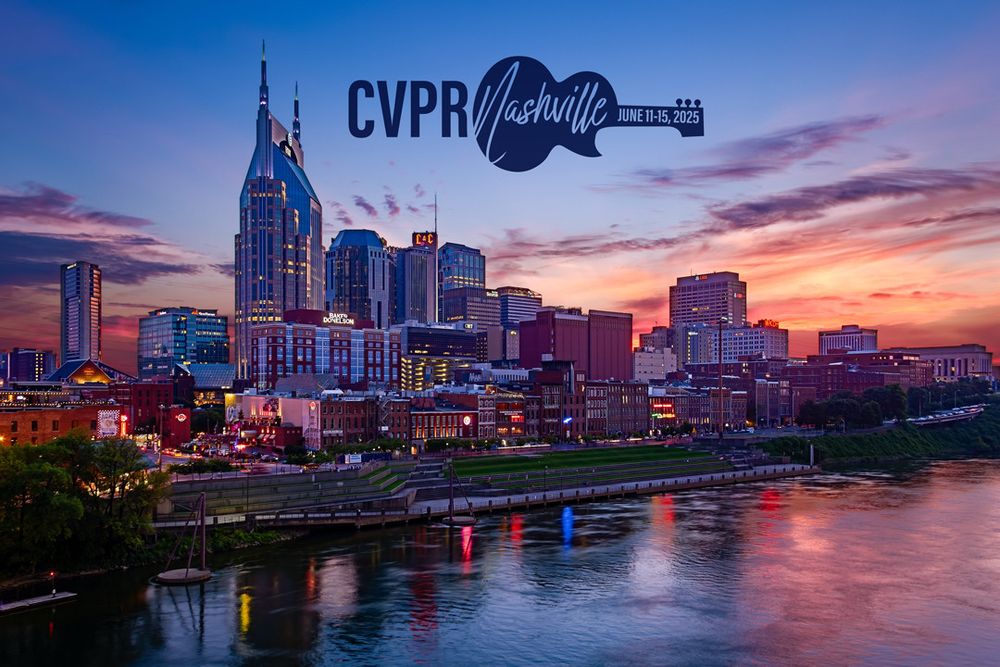
#CVPR2025 Open Access Workshop Papers
openaccess.thecvf.com/CVPR2025_wor...
10.06.2025 14:46 — 👍 7 🔁 3 💬 0 📌 0
We are so excited to have this amazing line-up of speakers!!
Randall Balestriero, Kai Han, Mia Chiquier, Kenneth Marino (@kennethmarino.bsky.social), Elisa Ricci, Thomas Fel (@thomasfel.bsky.social)
08.06.2025 23:30 — 👍 2 🔁 1 💬 0 📌 0
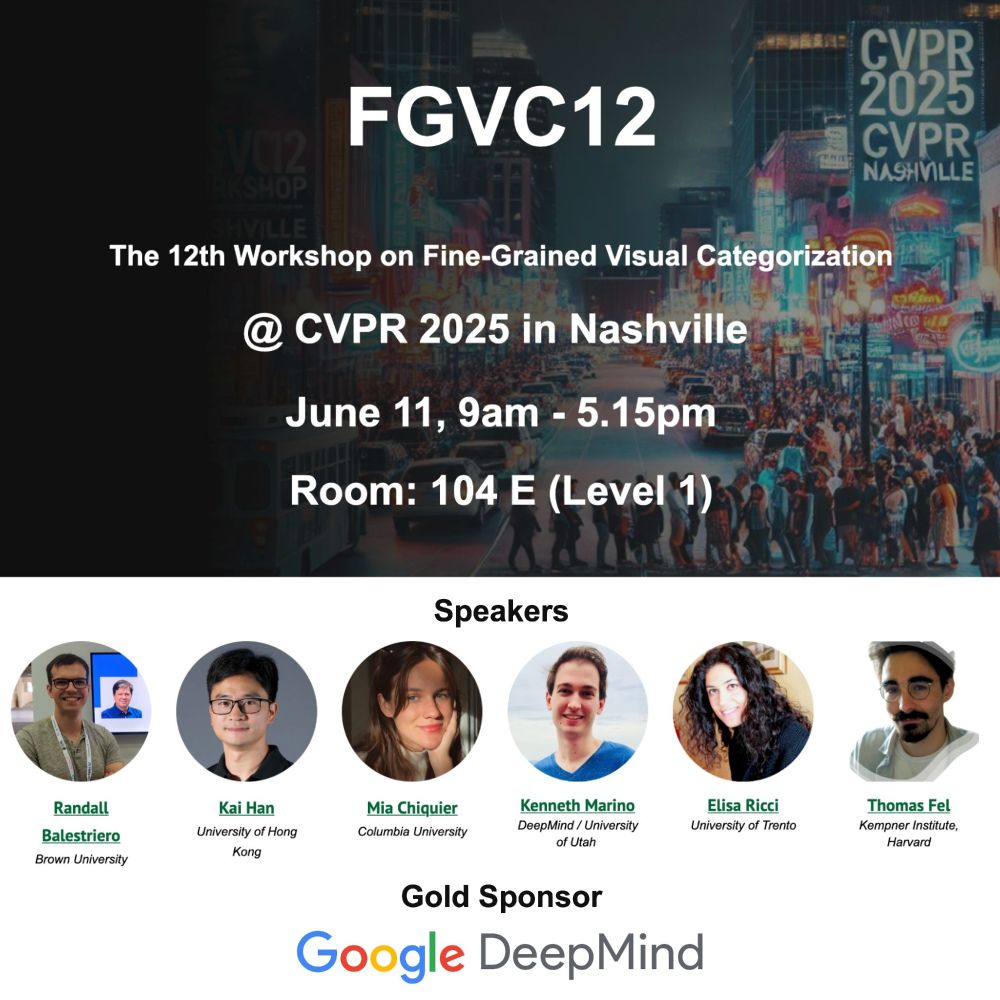
Join us on June 11, 9am to discuss all things fine-grained!
We are looking forward to a series of talks on semantic granularity, covering topics such as machine teaching, interpretability and much more!
Room 104 E
Schedule & details: sites.google.com/view/fgvc12
@cvprconference.bsky.social #CVPR25
08.06.2025 23:19 — 👍 10 🔁 6 💬 1 📌 1
Are you a computer vision expert looking for a challenge?? Help us identify marine life! 🦑🧪🌊 Thank you @fgvcworkshop.bsky.social @kaggle.com for the support!!
09.04.2025 21:45 — 👍 18 🔁 4 💬 0 📌 0
FOMO25 accepted at #MICCAI2025! 🚀
Excited to announce the first challenge at MICCAI focusing on the development of self-supervised pretraining of foundation models for brain MRI! 🧠
With access to a large-scale dataset, codebase, cash prices and multiple tracks.
Read more ⬇️
22.04.2025 13:03 — 👍 13 🔁 8 💬 1 📌 1
The challenge is to classify volumetric µCT images of foraminifera tests. With only 210 labeled out of 18,426 volumes, the goal is to develop an efficient species classification method that minimizes annotation time, leveraging semi-supervised learning.
[5/5]
15.04.2025 07:21 — 👍 2 🔁 2 💬 0 📌 0
With µCT scanning, we can scan thousands of forams in a single scan. By determining the species composition, we can efficiently understand how the environment has evolved.
[4/5]
15.04.2025 07:21 — 👍 1 🔁 0 💬 1 📌 0
Since certain types of foraminifera only live in specific conditions, identifying the composition of the foraminifera sediments allows us to gain insights into past environmental conditions.
[3/5]
15.04.2025 07:21 — 👍 1 🔁 0 💬 1 📌 0
Planktonic foraminifera (aka forams) are tiny organisms that inhabit the sea waters. Forams produce a unique calcium carbonate shell, called a test, which can consist of multiple chambers and exhibit elaborate structures. These are preserved in sea sediments for millions of years.
[2/5]
15.04.2025 07:21 — 👍 2 🔁 0 💬 1 📌 0
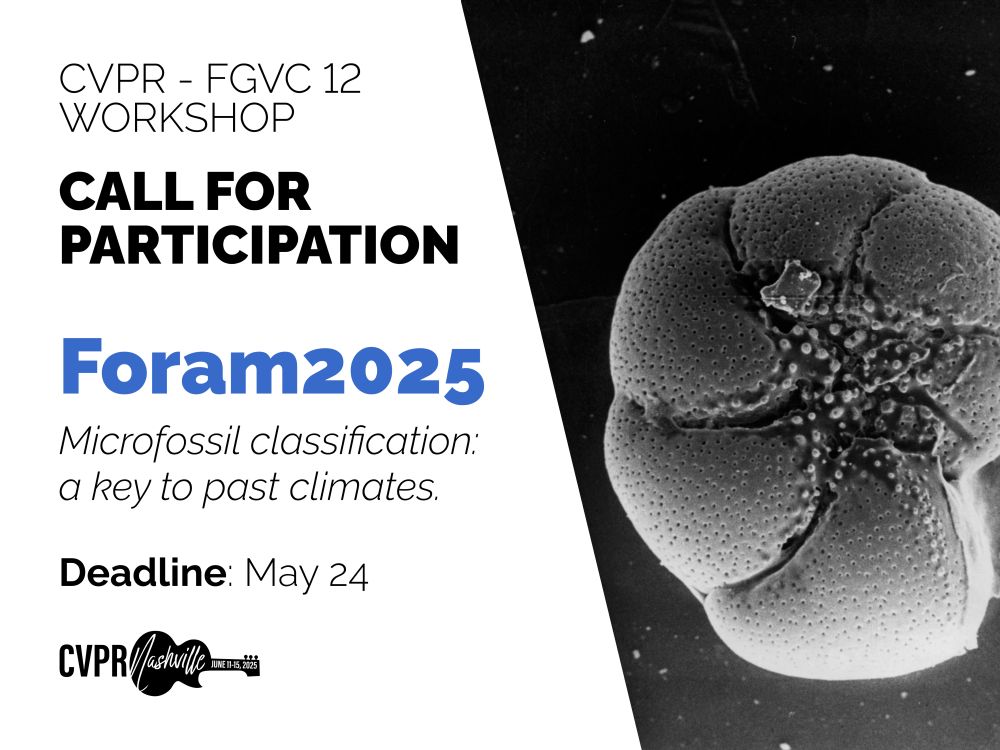
Foram2025: Classifying microfossil volumes – the first step to understanding past climates.
👉 www.kaggle.com/competitions...
@cvprconference.bsky.social @kaggle.com
#FGVC #CVPR #CVPR2025 QIM Center (qim.dk)
[1/5]
15.04.2025 07:21 — 👍 6 🔁 6 💬 1 📌 0
This competition aims to identify under-studied species based on their acoustic signatures from continuous audio data. The most effective solutions will demonstrate the ability to train reliable classifiers with limited labeled data.
[4/4]
09.04.2025 10:22 — 👍 2 🔁 0 💬 0 📌 0
Conducting traditional surveys across large areas is costly. In contrast, passive acoustic monitoring, combined with modern ML techniques, enables conservationists to scale with greater temporal resolution, providing deeper insights into the effectiveness of restoration interventions.
[3/4]
09.04.2025 10:22 — 👍 2 🔁 0 💬 1 📌 0
Mobile and habitat-diverse species serve as valuable indicators of biodiversity change, as shifts in their assemblages and population dynamics can signal the success or failure of ecological restoration efforts.
[2/4]
09.04.2025 10:22 — 👍 3 🔁 0 💬 1 📌 0
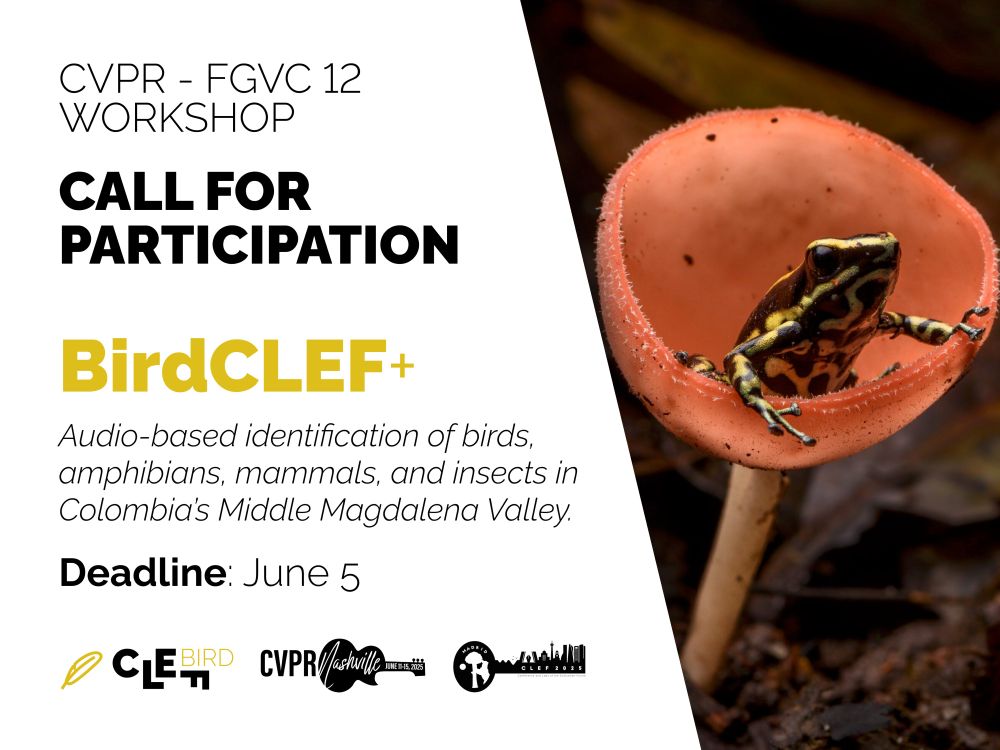
BirdCLEF25: Audio-based species identification focused on birds, amphibians, mammals, and insects in Colombia.
👉 www.kaggle.com/competitions...
@cvprconference.bsky.social @kaggle.com
#FGVC #CVPR #CVPR2025 #LifeCLEF
[1/4]
09.04.2025 10:22 — 👍 10 🔁 11 💬 1 📌 0
For this competition the dataset contains 79 categories of marine animals of varying taxonomic ranks (e.g., family, genus, species). The challenge is to develop a model that can accurately classify these taxa and ideally leverage their taxonomic information to do so.
[5/5]
08.04.2025 23:17 — 👍 2 🔁 0 💬 0 📌 0
In marine ecology, accurate taxonomic classification is essential for addressing fundamental questions:
--> What species exist in a particular place?
--> What is the ecosystem biodiversity and how does it change over time?
[4/5]
08.04.2025 23:17 — 👍 2 🔁 1 💬 1 📌 0
Is that an Octopus rubescens, commonly found in this area, or is it an Octopus cyanea usually only observed in warm, tropical waters near Hawai’i? Accurate species classification is essential for understanding ocean ecosystems.
[3/5]
08.04.2025 23:17 — 👍 2 🔁 0 💬 1 📌 0
Consider marine wildlife monitoring in coastal waters near California. Daily video footage analyzed by a standard ML model shows 2 octopuses, 1 shark, and 10 jellyfish - broad taxonomic categories. But species-level identification could reveal crucial details.
[2/5]
08.04.2025 23:17 — 👍 2 🔁 0 💬 1 📌 0
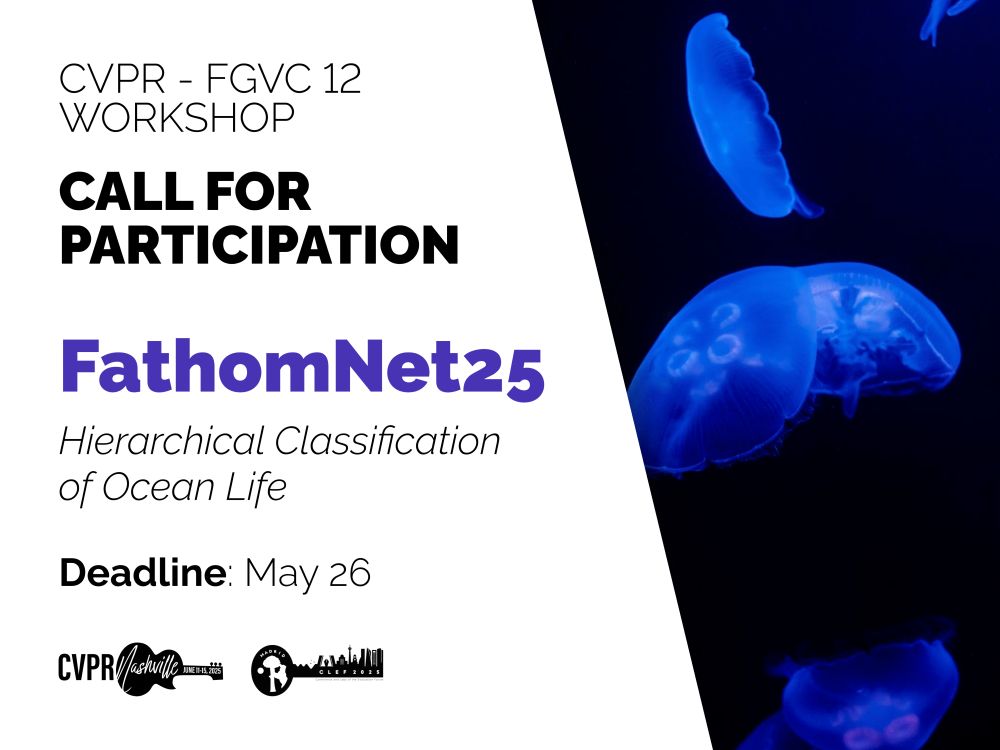
FathomNet25: Navigating the Depths: Advancing Hierarchical Classification of Ocean Life
www.kaggle.com/competitions...
@fathomnet.bsky.social @fathomverse.bsky.social @mbarinews.bsky.social
@cvprconference.bsky.social @kaggle.com
#FGVC #CVPR #CVPR2025
[1/5]
08.04.2025 23:17 — 👍 4 🔁 5 💬 1 📌 1
This challenge is about individual animal identification of loggerhead sea turtles, salamanders, and Eurasian lynxes. Your goal will be to design a model that, for each image, determines whether the depicted animal is new (not present in the training dataset) or known (to be classified).
[4/4]
08.04.2025 16:25 — 👍 1 🔁 0 💬 0 📌 0
But there’s a catch: many current models overfit to the background instead of the animal’s unique features. That means they often fail in new environments. Hence, we need models that generalize better across diverse habitats and allow us to identify novel specimen.
[3/4]
08.04.2025 16:25 — 👍 1 🔁 0 💬 1 📌 0
Identifying individual animals is key to understanding wildlife populations, movements, and behaviors. By automating this process using AI, researchers can gather powerful data to track migration, monitor ecosystems, and shape smarter conservation strategies.
[2/4]
08.04.2025 16:25 — 👍 1 🔁 0 💬 1 📌 0
Assistant Prof at University of Utah Fall 2025. NLP+CV+RL. RS at Google DeepMind. PhD from CMU MLD, undergrad Georgia Tech. Sometimes researcher, frequent shitposter.
Explainability, Computer Vision, Neuro-AI.🪴 Kempner Fellow @Harvard.
Prev. PhD @Brown, @Google, @GoPro. Crêpe lover.
📍 Boston | 🔗 thomasfel.me
Research collaboration among 5 universities in Denmark: Aalborg University, IT University of Copenhagen, University of Aarhus, Technical University of Denmark, and the University of Copenhagen.
https://www.aicentre.dk/
Bioengineer in MBARI’s Bioinspiration Lab, Smithsonian’s NMNH, Caltech, National Geographic Explorer, former USA ice dancer. Dog + cat mom. Hater of inefficiency and waste. Views are my own. she/her
Converting pixels to impactful ocean information using artificial intelligence.
🦀 cozy sci-non-fi: a free mobile game designed to inspire a new wave of ocean explorers and improve AI for ocean life 🌊 play now on any mobile device to explore the depths and contribute to science 🦑 solution of @fathomnet.bsky.social
Computer Vision/Machine Learning PhD student
at The University of Edinburgh - mehmetaygun.github.io
Computer Vision & Machine Learning
📍 Pioneer Centre for AI, University of Copenhagen
🌐 https://www.belongielab.org
Associate Professor of Computer Science at SLU. Computer vision and machine learning. Trying to do a bit of good in the world by looking at pixels.
Prof. @notredame.bsky.social. IEEE Computer Society PAMI TC Chair. Computer Vision Foundation CTO. Artificial Intelligence + Digital Humanities + History of Technology. wjscheirer.com
Official account for IEEE/CVF Conference on Computer Vision & Pattern Recognition. Hosted by @deblinaml @jbhaurum & @CSProfKGD
📍🌎 🔗 cvpr.thecvf.com 🎂 June 19, 1983
Computer Vision and Earth observation to support environmental sciences.
Postdoc at KU & Pioneer Centre for AI
formerly: PhD at ETH Zürich #computervision #machinelearning #earthobservation #CV #ML #EO #AI4EO #SSL4EO #ML4good
🔗 langnico.github.io
Assist. Prof in Computer Vision #FGVC @sdu.dk & @aicentre.dk 🇩🇰 Member of @ellis.eu 🇪🇺 Previously @aau.dk and visited @edinburgh-uni.bsky.social 🇪🇸 @vectorinstitute.ai 🇨🇦 , and @ub.edu 🇪🇸
👩💻 Research Engineer @ Google DeepMind
💬 LLM / 📷 Computer Vision / 🦉 AI for biodiversity
PhD student at MIT. Machine learning, computer vision, ecology, climate. Previously: Co-founder, CTO Ai.Fish; Researcher at Caltech; UC Berkeley. justinkay.github.io
#CS Associate Prof York University, #ComputerVision Scientist Samsung #AI, VectorInst Faculty Affiliate, TPAMI AE, ELLIS4Europe Member, #CVPR2025 Publicity Chair on X
📍Toronto 🇨🇦 🔗 csprofkgd.github.io
🗓️ Joined Nov 2024
Professor, University Of Copenhagen 🇩🇰 PI @belongielab.org 🕵️♂️ Director @aicentre.dk 🤖 Board member @ellis.eu 🇪🇺 Formerly: Cornell, Google, UCSD
#ComputerVision #MachineLearning
Research on AI and biodiversity 🌍
Asst Prof at MIT CSAIL,
AI for Conservation slack and CV4Ecology founder
#QueerInAI 🏳️🌈
Computer vision PhD student from Prague.
https://klarajanouskova.github.io/
Reader in Computer Vision and Machine Learning @ School of Informatics, University of Edinburgh.
https://homepages.inf.ed.ac.uk/omacaod



